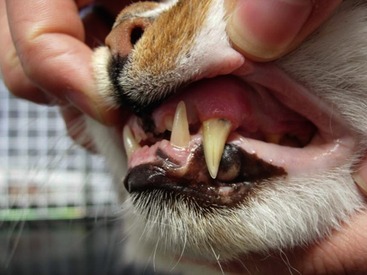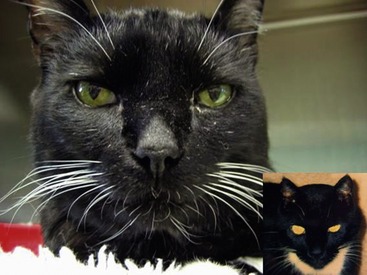acromegaly cats and dogs
Unlike most diabetic cats with poorly controlled blood glucose levels who lose weight cats with Acromegaly will often if not always gain weight. This is in contrast to the situation in dogs where it occurs as a consequence of dioestrus induced GH production by the mammary gland.

Feline Acromegaly Endocrine System Msd Veterinary Manual
Acromegalic dogs almost invariably show some degree of respiratory stridor.

. It has been recognised in dogs and cats but the aetiology of the disease in both species is completely different. Signs of GH hypersecretion tend to develop slowly and are characterized initially by soft tissue. This chapter discusses pathogenesis classical signs diagnosis treatment and prognosis for acromegaly in dogs.
Researchers collected data between 2003 and 2011 on cats treated at veterinary practices across the UK to estimate the prevalence of hypersomatotropism or acromegaly and investigate how easy this is to recognise. 6 rows As well as occurs in human beings acromegaly is an endocrine disorder characterized by bony and. Acromegaly is most commonly seen in unsprayed females.
There is excessive secretion. Acromegaly is a rare but very dangerous condition that affects cats of all ages breeds and genders. The procedure can be performed in cats and dogs but typically results in the complete removal of the pituitary gland hypophysectomy.
The catabolic actions of growth hormone include insulin antagonism and lipolysis. Acromegaly is also referred to as hypersomatotropism. Cardiomegaly and azotemia develop late in the disease.
Acromegaly is caused by excess secretion of growth hormone GH in adult animals. Feline acromegaly is a disease characterized by excessive growth hormone secretion leading to a wide array of clinical signs caused by the hormones effects on multiple organ systems. Acromegaly is a syndrome in cats caused by a tumor in the brain specifically the pituitary gland that secretes an excess of a hormone Growth Hormone GH.
Growth of the extremities skull and muscles occur in some cats. Cause of GH hypersecretion in cats with acromegaly In cats with acromegaly excensive secretion of GH is mostly caused by a GH producing. In addition rare cases of pituitary hyperplasia have been reported.
GH can cause peripheral insulin-resistance. Acromegaly results from chronic excessive secretion of growth hormonein the adult animal. In people it occurs in approximately two males to every female.
In cats the ratio is more like ten males to one female. In cats it is due to GH-secreting tumors of the anterior pituitary. Acromegaly in dogs is an endocrine disorder.
Transsphenoidal hypophysectomy pituitary surgery to treat Cushings disease in dogs and acromegaly excessive growth hormone from pituitary gland in cats. This is true for acromegaly in other species as well except in the case of dogs. Acromegaly in cats is a condition in cats caused by excessive growth hormone in the body which is usually secondary to a pituitary tumor explains Dr.
Acromegaly is a syndrome of bony and soft tissue overgrowth and insulin resistance due to excessive growth hormone GH secretion. The pituitary gland secretes the growth hormone thanks to the stimulation of another precursor. These effects can be divided into two major classes.
Ear nose and throat surgery. Complications associated with the surgery include hemorrhage and incision dehiscence. Thirteen 93 of the cats were male and one was female.
Difficult to control Feline Diabetes requiring higher than usual doses of insulin and weight gain vs. And because the acromegaly makes insulin less effective it often takes huge doses of insulin injections to bring the diabetes under control some normal cats can be controlled on 1-2 units of insulin twice a day while cats with concurrent acromegaly may require up to 35 units twice a day. It is more common in certain breeds than others but this disease is generally quite uncommon.
Acromegaly was diagnosed in 14 middle-aged to old cats of mixed breeding. Oncologic cancer tumor removal. Surgically removing the pituitary tumor adenectomy is the treatment of choice in people with acromegaly.
However cats of any age or sex can develop acromegaly. Common symptoms associated with insulin resistance include weight loss despite a good appetite and increased thirst and urination. The usual weight loss seen in cats with uncontrolled blood glucose levels are signs that your cat may have Acromegaly and should be.
For information on the pathophysiology clinical signs and diagnosis of feline acromegaly see the article on page 467. Acromegaly occurs in people dogs and cats. The main characteristic findings in canine acromegaly are a visible increase in soft tissue mass prominent skin folds abdominal enlargement andor radiographic evidence of an increase in soft tissue mass in the orolingual oropharyngeal and orolaryngeal region.
The Saint Bernard breed is believed to be genetically predisposed to acromegaly. Acromegaly in cats. Most cases of feline acromegaly are caused by a functional benign pituitary tumour originating from the acidophilic cells.
The disease is typically caused by an abnormal growth or. Acromegaly occurs when a functional non-cancerous benign tumor in the pituitary produces excessive amounts of growth hormone. Acromegaly is most commonly seen in older 10 years old neutered male cats that have insulin-resistant diabetes mellitus.
Gastrointestinal stomach and intestinal surgery. The disorder triggers the pituitary gland to overproduce somatotropin a growth hormone GH. The earliest clinical signs in the 14 cats included polyuria polydipsia polyphagia all of which were associated with untreated diabetes mellitus.
In dogs acromegaly results after administration of progestational compounds for the suppression of oestrus in intact female dogs. The hormone excess leads to development of insulin-resistant diabetes mellitus and enlargement of. In dogs there is a relationship between acromegaly and DB.
Feline acromegaly is a disease characterized by excessive growth hormone released from a functional pituitary adenoma resulting in a wide array of clinical signs and commonly insulin-resistant diabetes. Feline acromegaly has its origin in an adeno-hypophyseal lesion or an adenoma responsible for deregulation in the production of GH the growth hormone. It is a far less common condition in dogs than in cats.
Signs related to diabetes mellitus are typically the first clinical signs noticed. Approximately 1 in 4 of assessed diabetic cats were found to be suffering from hypersomatotropism-induced diabetes mellitus. That can be explained by the diabetogenic effect of GH in this species.

Pdf Acromegaly In A Non Diabetic Cat Semantic Scholar
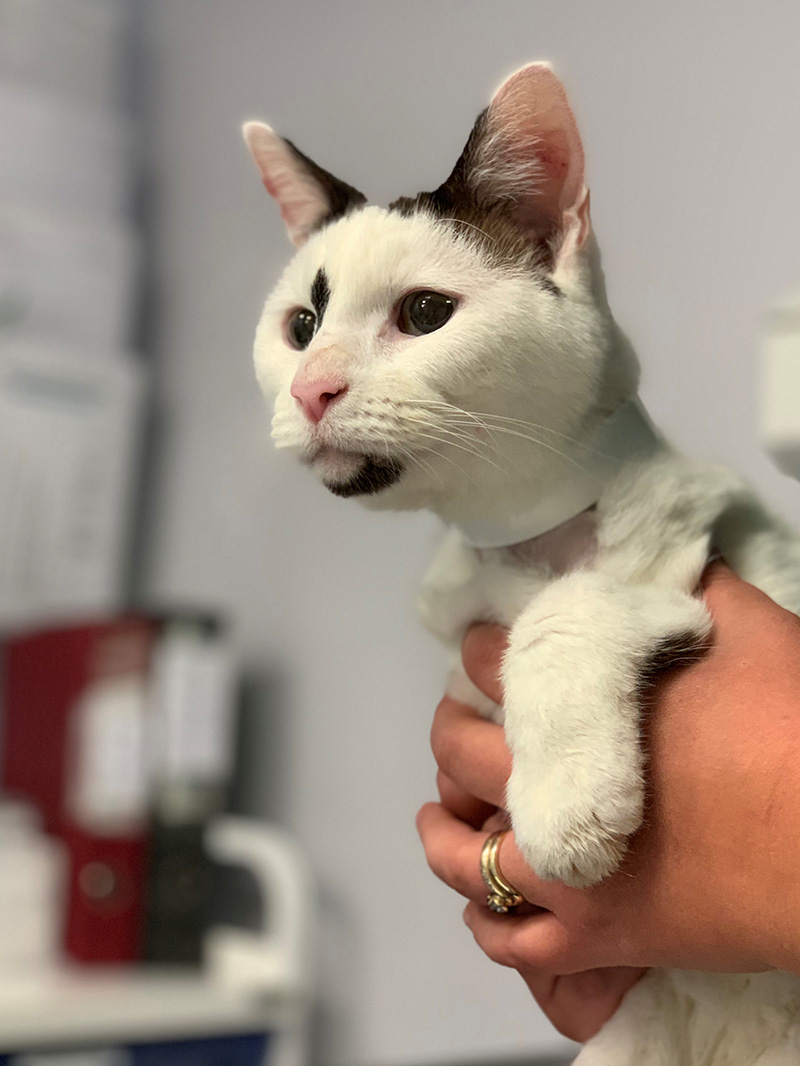
Pioneering Hypophysectomy Treatment Reaches 100 Case Milestone

A Male European Shorthair Cat At A 11 Years Of Age And At B 14 Download Scientific Diagram

Acromegaly In Dogs And Cats Sciencedirect
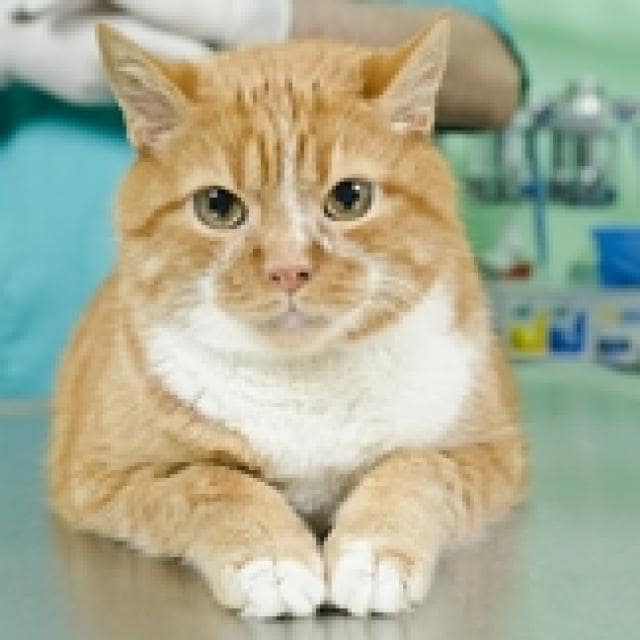
Acromegaly In Cats Rare But Probably Underdiagnosed Petmd

Feline Acromegaly An Uncommon Disease Vetcall Q Superstore Qld
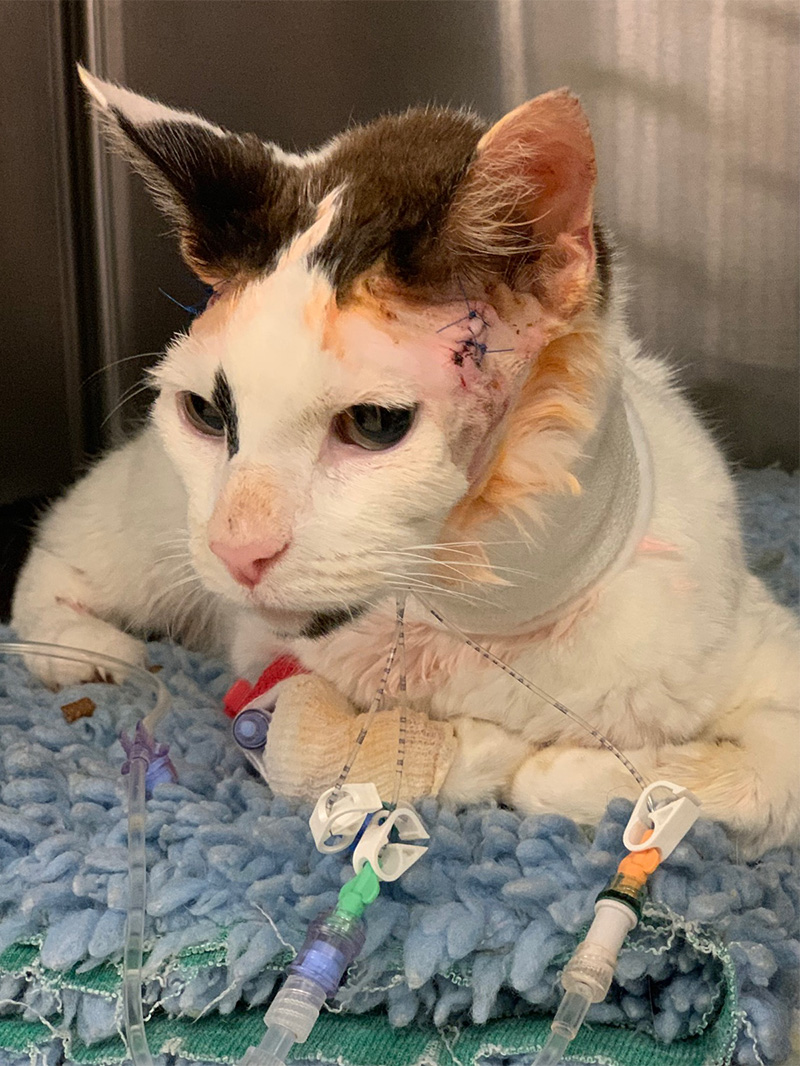
Pioneering Hypophysectomy Treatment Reaches 100 Case Milestone

Acromegaly In A Non Diabetic Cat

Pdf Acromegaly In A Non Diabetic Cat

Tumors Of The Endocrine System Veterian Key

Pharmacological Treatment With Cabergoline In Three Cats With Acromegaly

